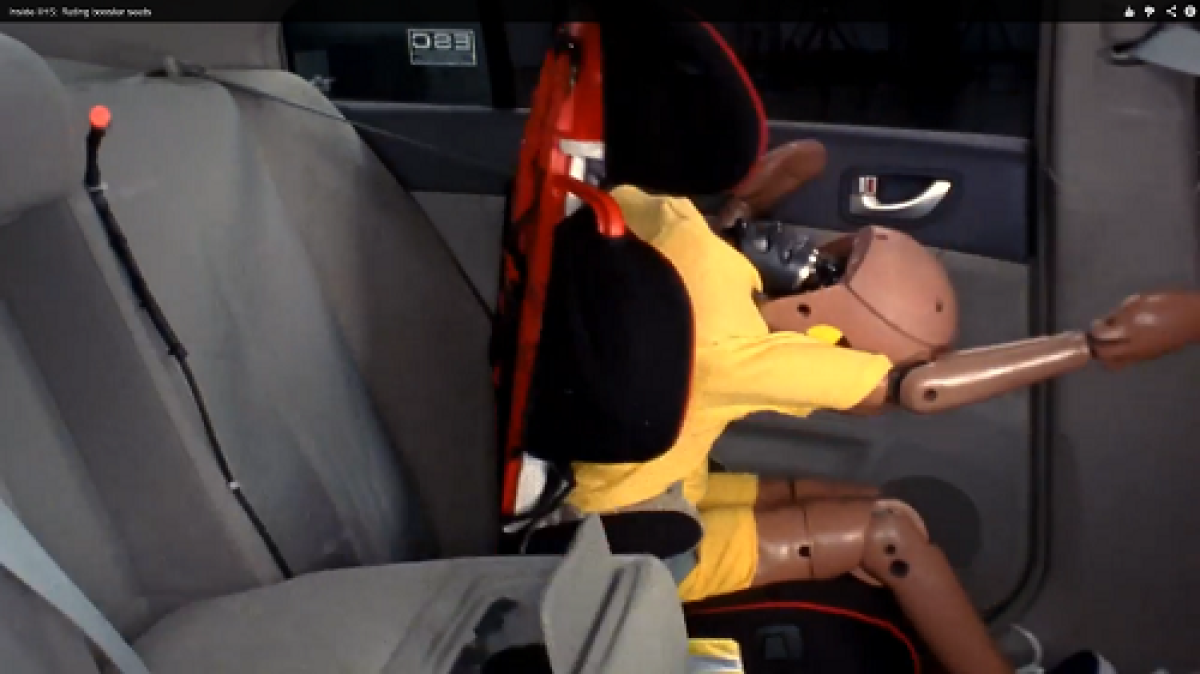The Insurance Institute For Highway Safety (IIHS) created the ratings system for child booster seats. A recent video released by IIHS explains exactly how the agency rates child booster seats. The video also shows testing in action. The good news for parents is that since the agency became active in its involvement with booster seats, the quality and fit has improved.
Child booster seats are designed to help kids ages four through ten fit better in a car’s seat and restraint system. Children under the age of four should be in either a rear facing or forward facing child seat with integrated restraints. The booster seat simply sits on top of the car’s seat and lifts up the child so that the seat belts fit across the lap and shoulder properly.
The IIHS rates the boosters in four categories:
Best Bet
Good Bet
Check Fit
Not Recommended
Chris Sherwood, Senior Safety Engineer at IIHS commented on the testing, saying “We’ve seen in the years since we’ve been rating booster seats a significant improvement in their design. And this is really the first time to objectively determine if booster seats position safety belts properly.” Mr. Sherwood went on to say “We’ve seen dramatic improvements in the design and in terms of new seats coming onto the market we rate as Best Bets.”
The institute’s key to success was determining what constituted a proper fit and then developing protocols of measurement. This standardized format of testing allowed the IIHS to objectively rate all seats based on one set of specifications. The IIHS uses a crash test dummy the size and weight of an average 6 year old in their testing, so be sure that any seat you buy fits you child, who may be larger or smaller than the test standard. Also, note that the rear of most seats can easily be adjusted up and down to allow the shoulder belt to lay flat across the chest and not rub the child’s neck.
The key to a proper fit according to IIHS is that the belt should fit low and flat across the lap and the shoulder belt should not be against the neck. The IIHS did not offer any parental advice on how best to sit a child in the booster seat when they are upset and try the famous “full body plank” move that makes the child as rigid as a board. All parents know that this is most likely to occur at the end of playground time, or whenever one is late for an appointment. Particularly a pediatrician appointment.
This author will add a personal note about boosters; Although black looks great at Target, a seat the color of chocolate chip cookies will look the best shortly after it is installed.





